I don’t want to put words in your mouth, but I will. We’re all very familiar with the idea of switching up our skincare routine to align with the changing seasons: heavy-duty hydrators in winter, extra exfoliation in summer, daily SPF protection always.
Except very little is said of our very active friend, retinal. That’s because it can (and should!) be used year-round. Only with a couple of precautions, like, the concentration, and the amount of skin-to-sun exposure you’re getting. Remember: Always stick to evening application.
Stopping and starting for long periods of time is frowned upon, actually. Because every time you pick that product back up your skin is going to have to readjust (some say, ‘retinize’) to the ingredient all over again, and this can be an unpleasant process of increased sensitivity and purging.
Here’s how to make your retinal work with the seasons:
Summer
If you’re committed to daily SPF protection (you should be) then it is absolutely ok to start and/or maintain your retinal journey in the summer months. The only caveat is that retinal can make your skin more photosensitive, and therefore more susceptible to sun damage. That’s why SPF is a non-negotiable when using retinal (or any vitamin A product), but especially in summer when you’re outdoors more often and UV radiation is High.
And if you are headed to say, Bora Bora, with a whole heap of swimming/snorkeling/significant sun on the cards, you can leave your retinal at home if you’d rather err on the side of caution. Just go easy for the first fortnight of application once you return.
Another silver lining of this glorious season? Humidity in the air means your skin isn’t as dry as it might be during winter, so there’s less risk of redness and flaking.
Autumn
A lot of derms make a strong case for first-timers starting their retinal journey in autumn or winter, purely because there is less UV radiation. And therefore less (but not no) risk of sun damage.
However, if you are new to retinal or trying a new formula, make sure you start slow. Introduce the serum into your evening routine once or twice a week and gradually build tolerance from there.
You want to be very considerate with the formula you use as well. Slapping on a serum that is too strong for your skin type is going to exacerbate dryness and irritation in a season where dryness and irritation naturally become everyday concerns. Ouch.
Winter
A step up from last season, your focus here is to a) stay consistent with retinal use, and b) really weather-proof your routine by adding some powerhouse hydrators.
Incorporating a hyaluronic acid serum after your vitamin A application is going to expertly quench the skin and offer some much needed replenishment deep within the skin barrier. It won’t interfere with the work of retinal. Don’t worry.
And a really rich, humectant-loaded moisturiser is going to help fight signs of dehydration, by drawing water to the surface layer of your skin to plump and smooth.
Spring
At this point (if you started your retinal journey in autumn/winter), you should be comfortably beyond purging and any beginner side effects of the active. What you will notice instead is an improvement in the appearance of fine lines and wrinkles. Skin tone and texture will appear more even and generally brighter, too.
During spring is when you want to ramp up your use of exfoliating acids to help fight congestion and really support your skin barrier coming into the hot and humid months. The thing is, AHAs, BHAs, and PHAs do not mix with retinal. Enter: Skin Cycling. Make sure you are cycling through strong actives in the PM, only ever using one at a time, please, so your skin absorbs these ingredients sans irritation.

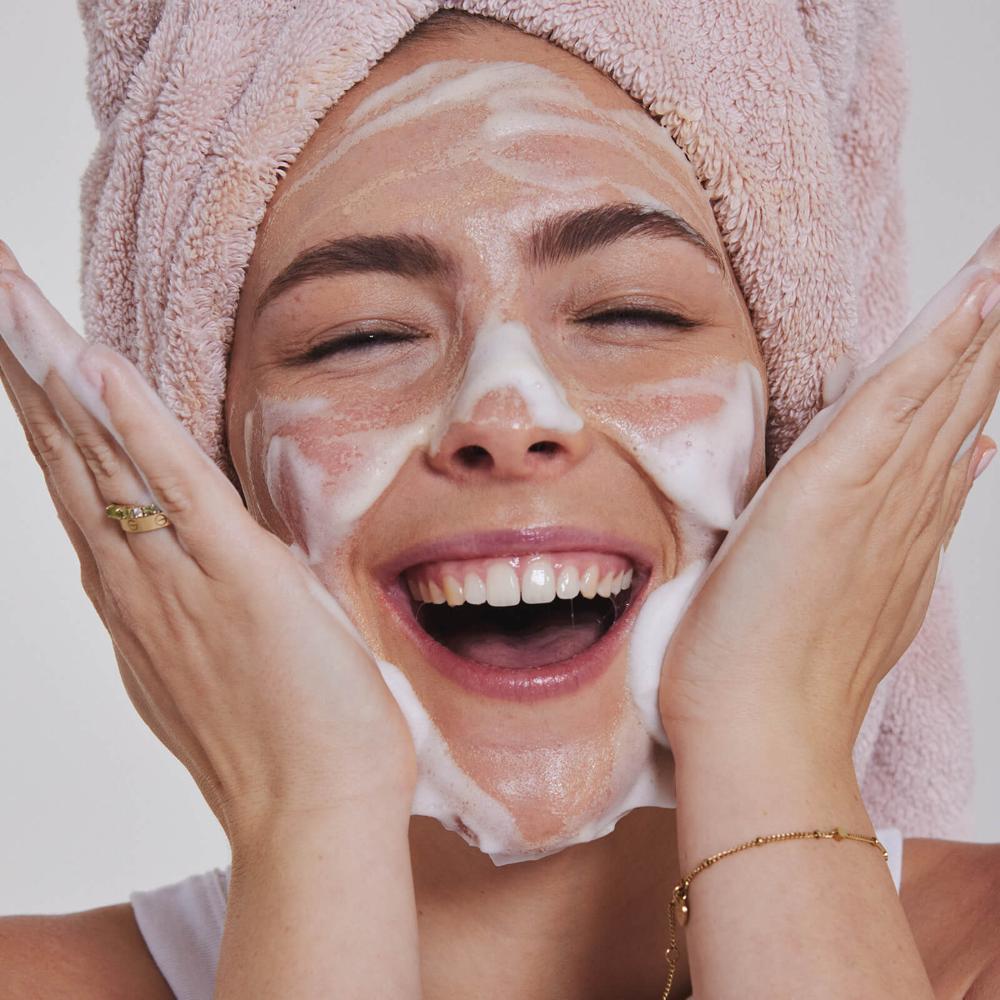
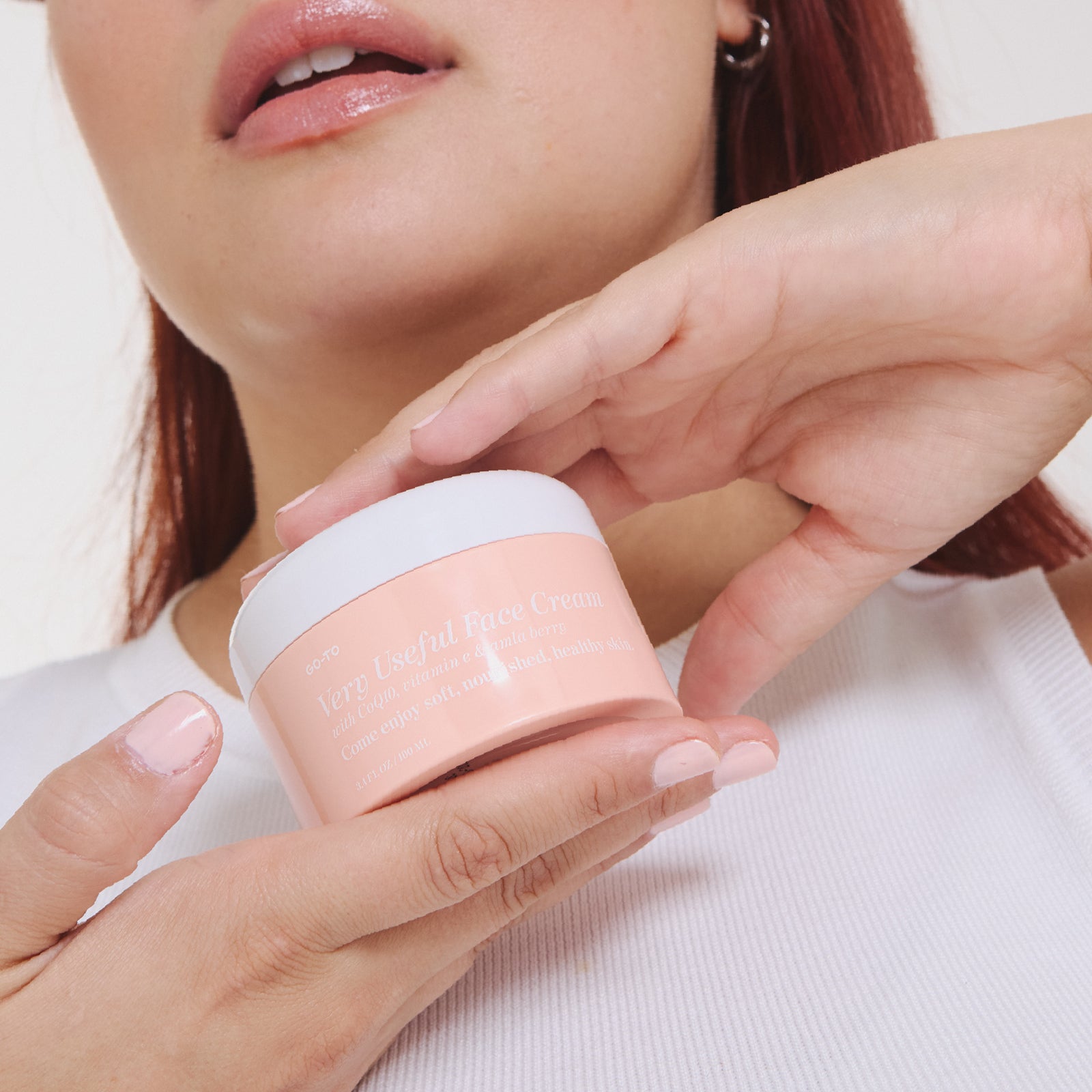

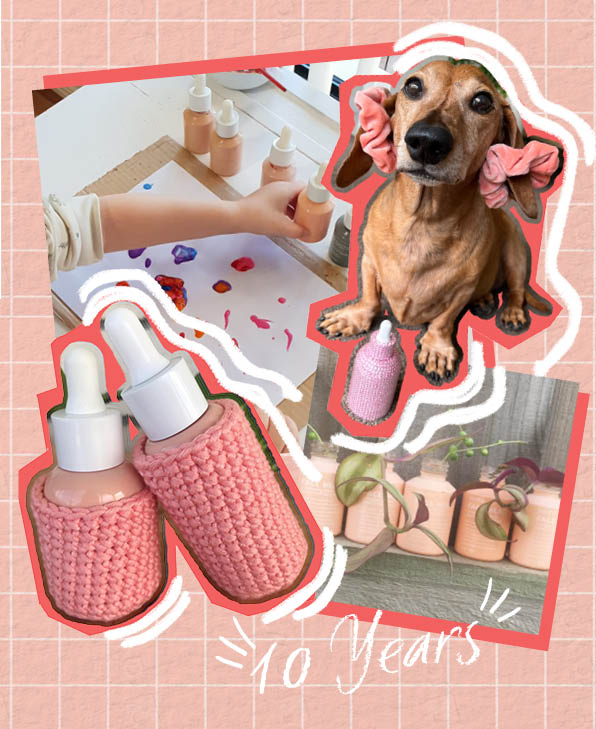
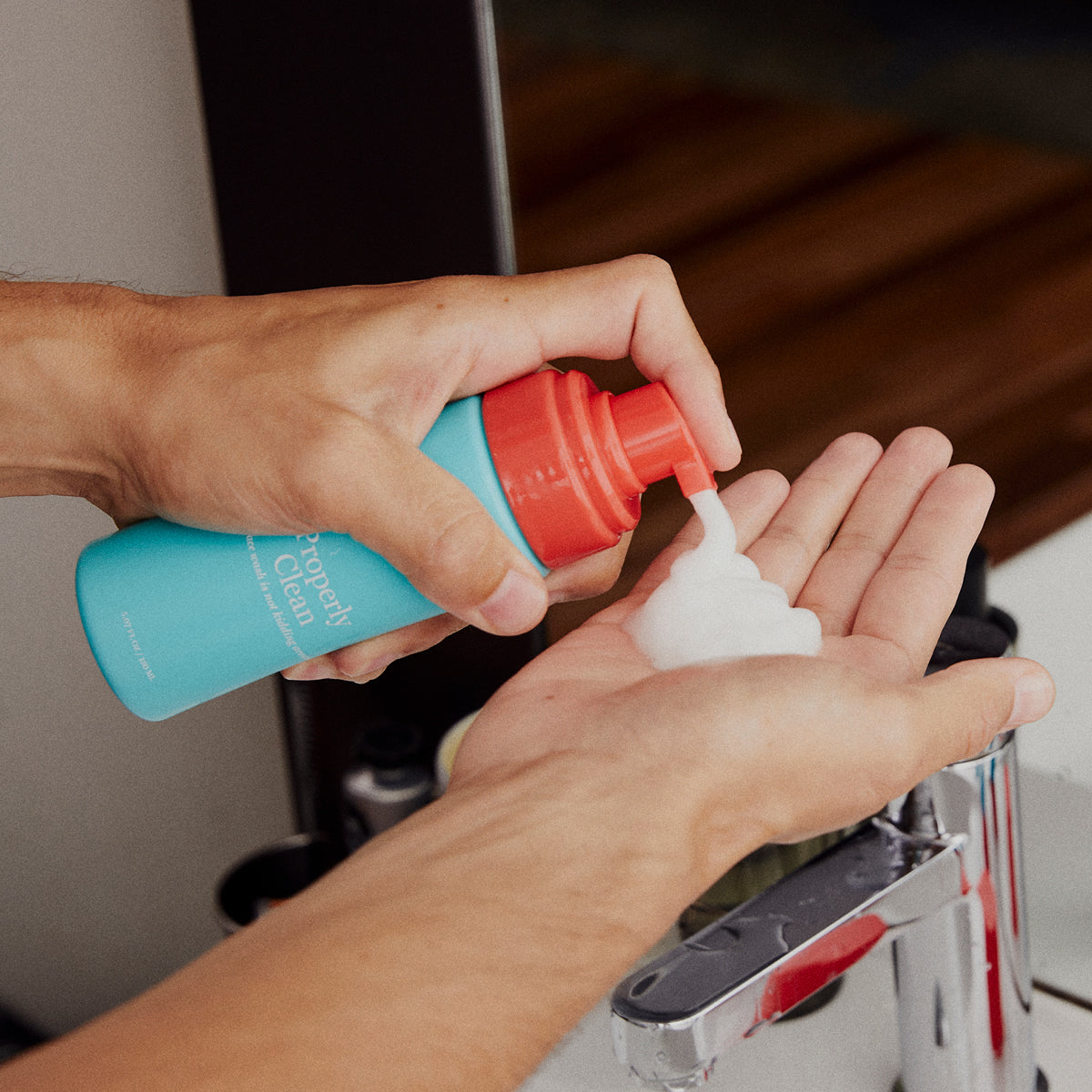
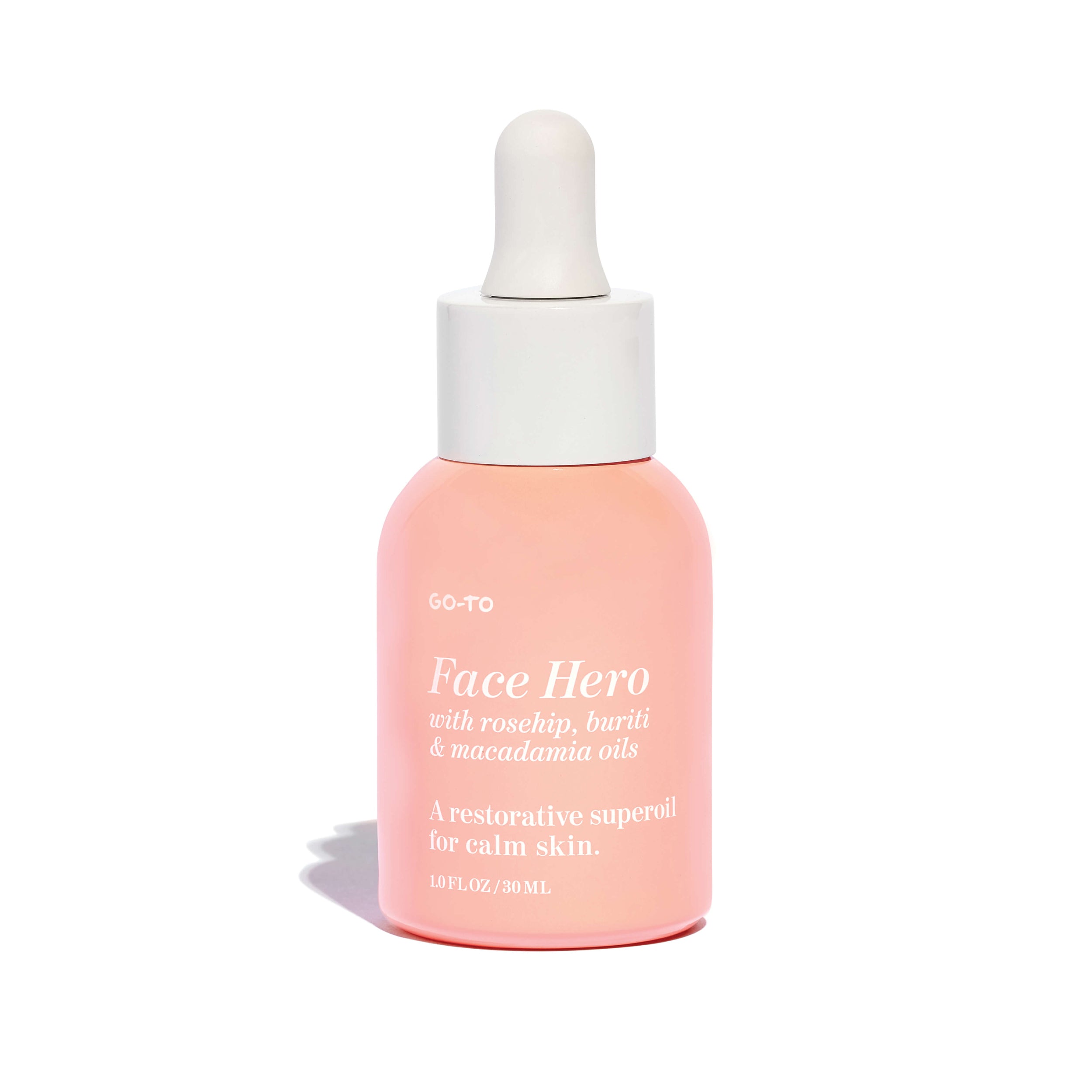
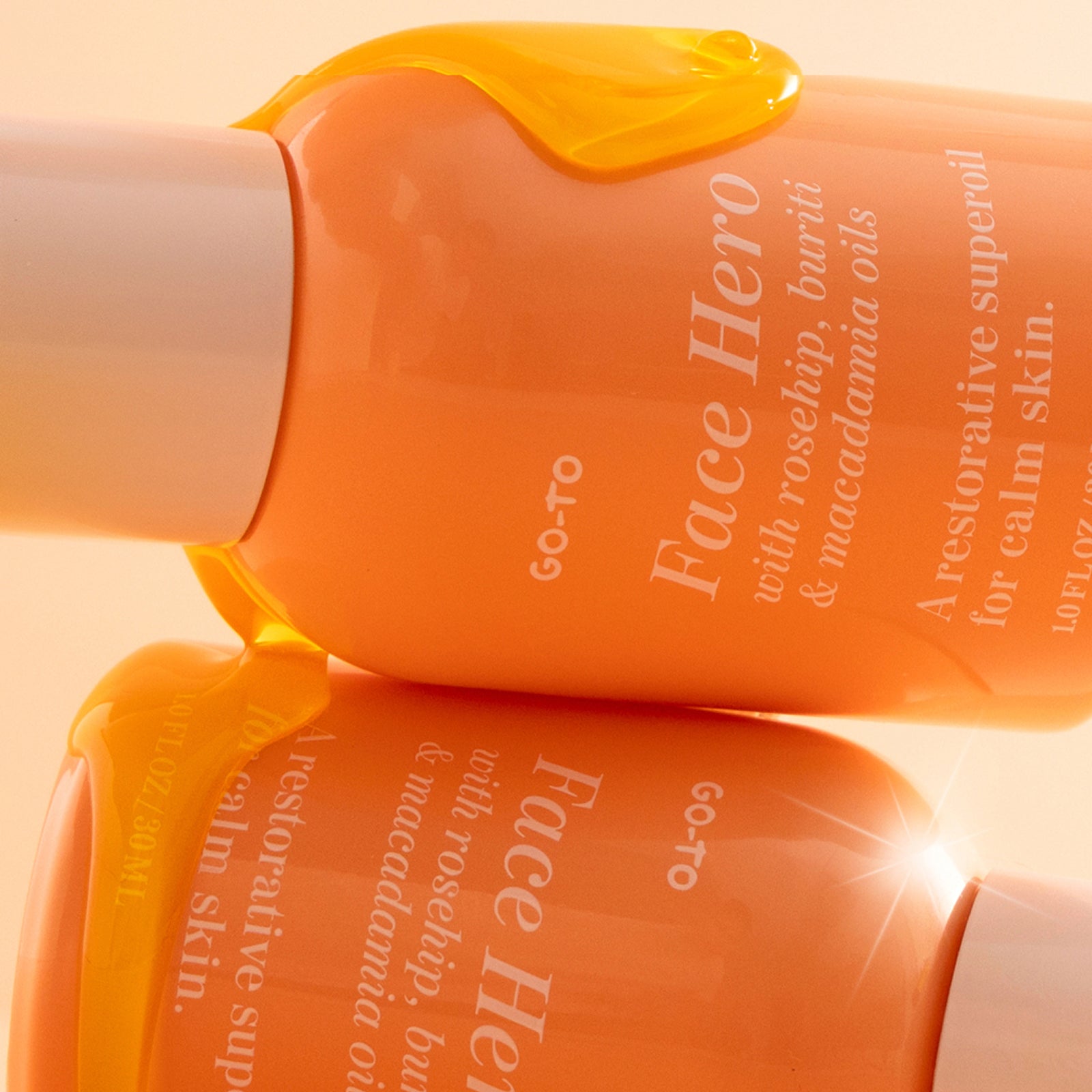
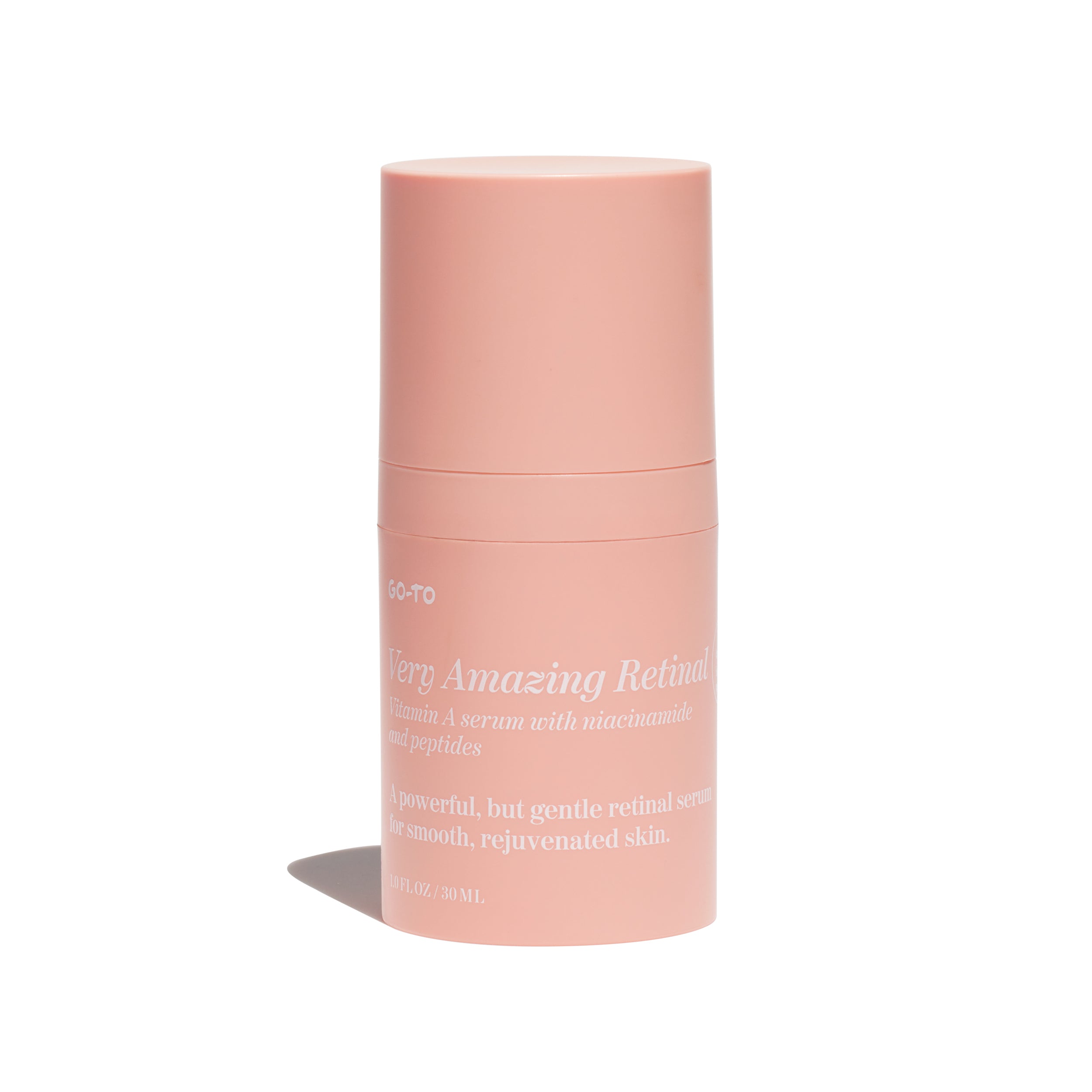
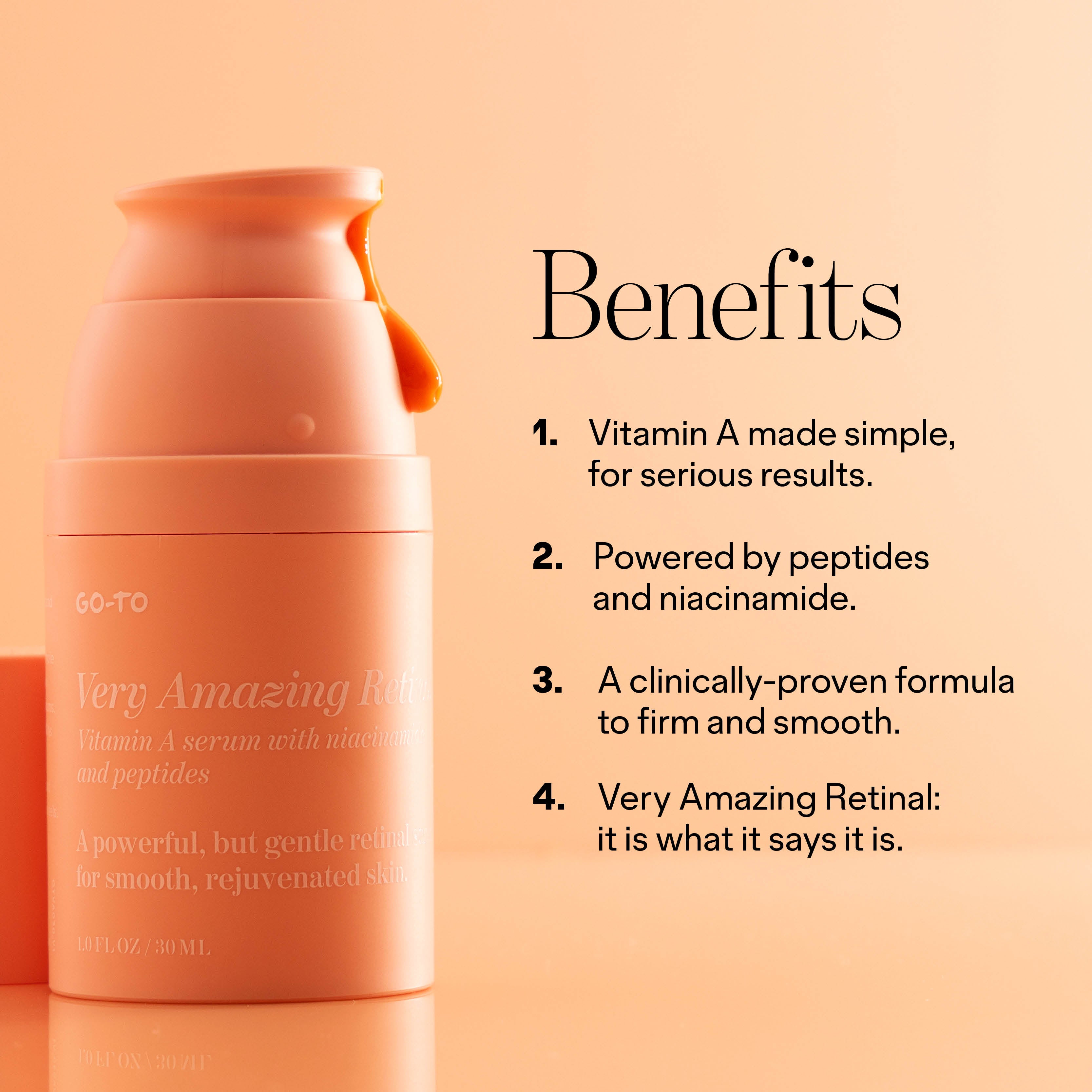
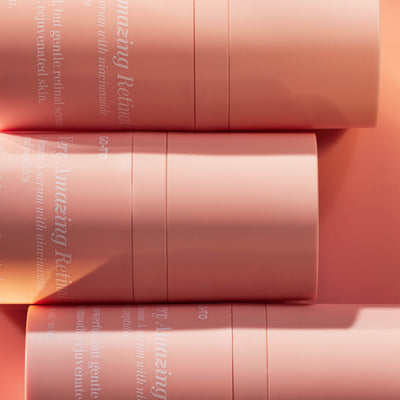
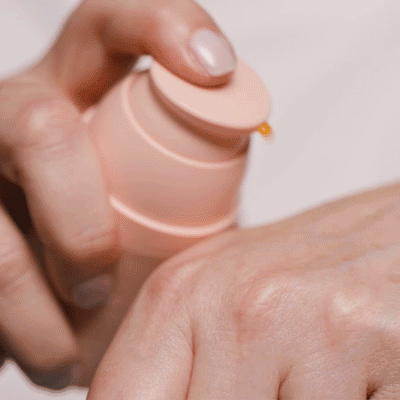


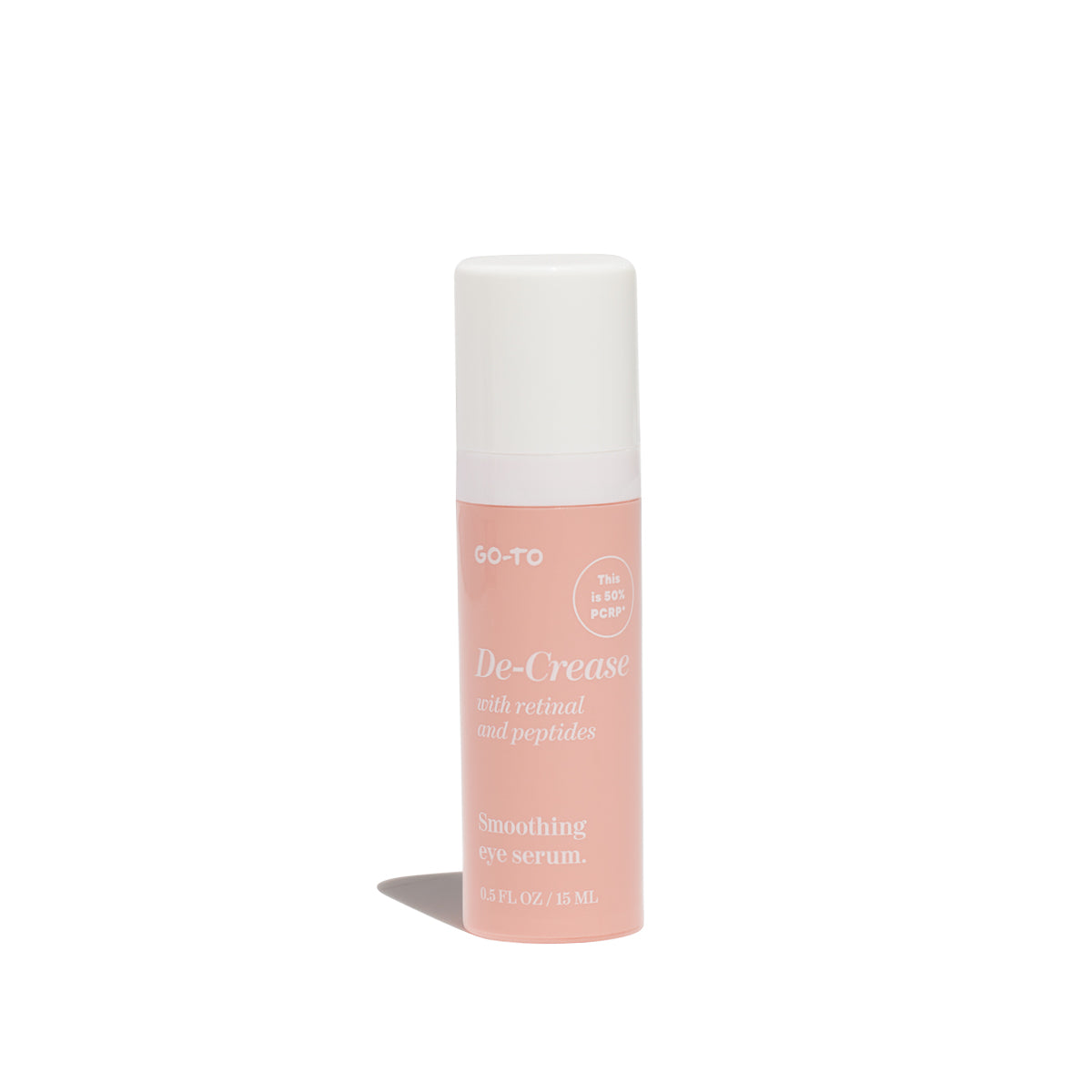
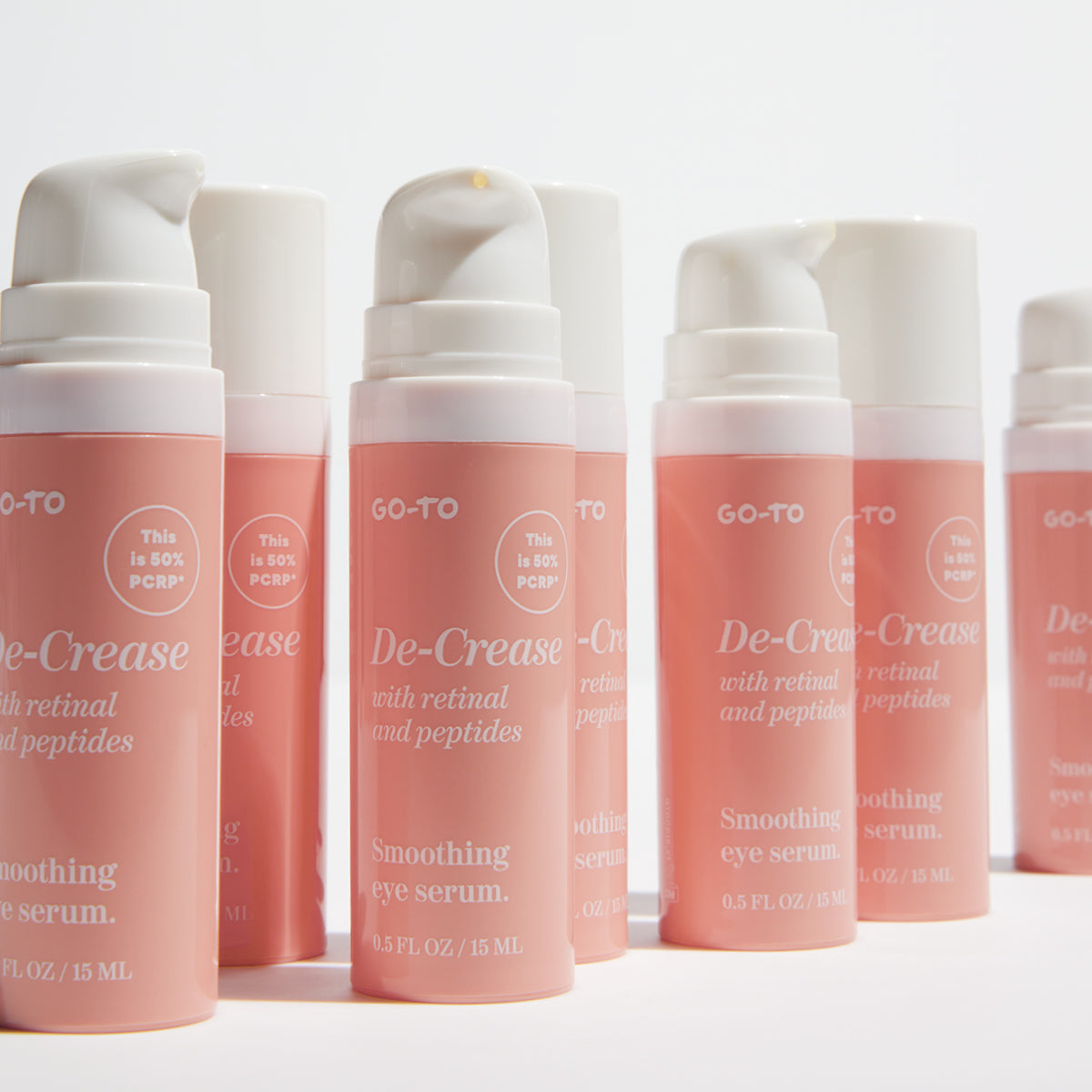
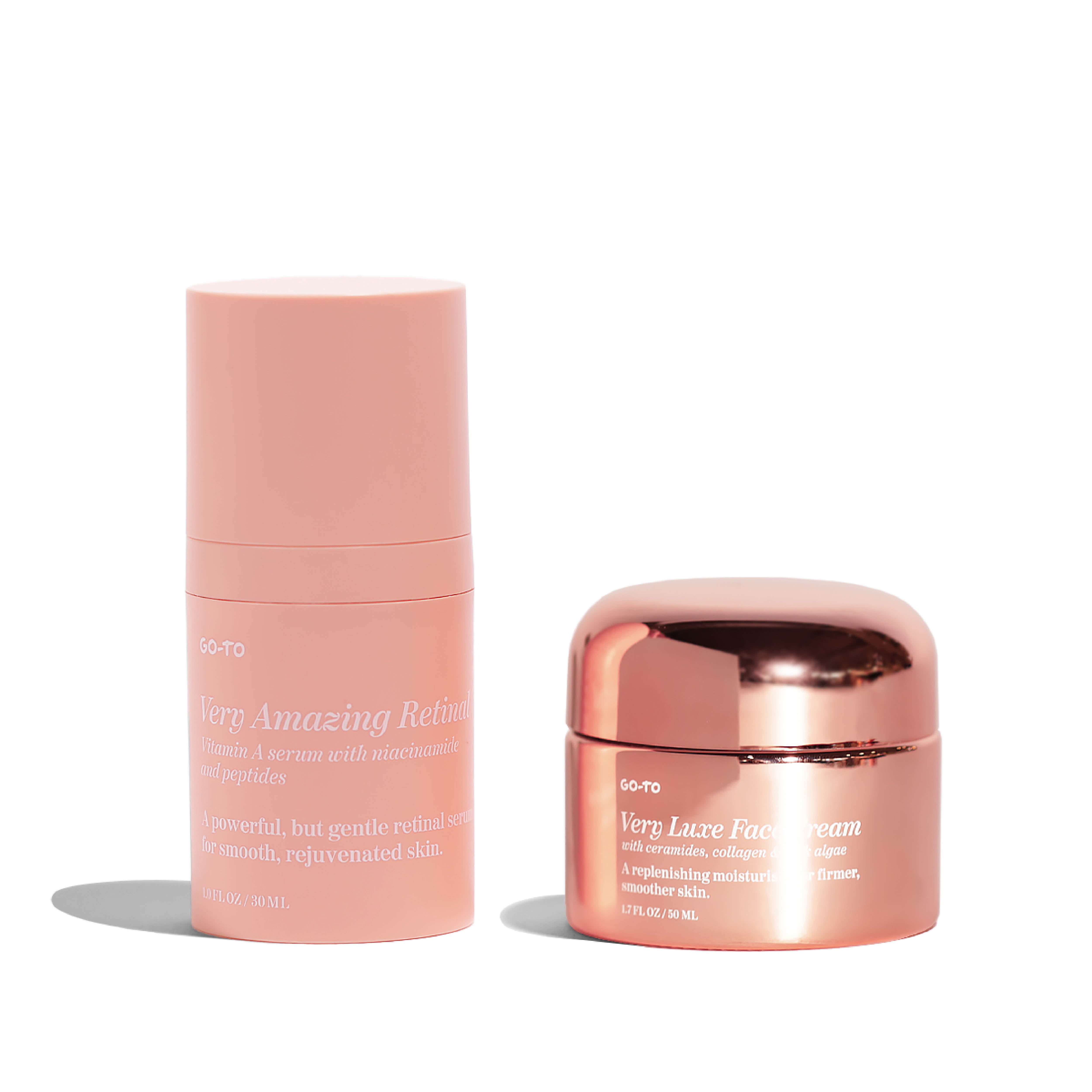
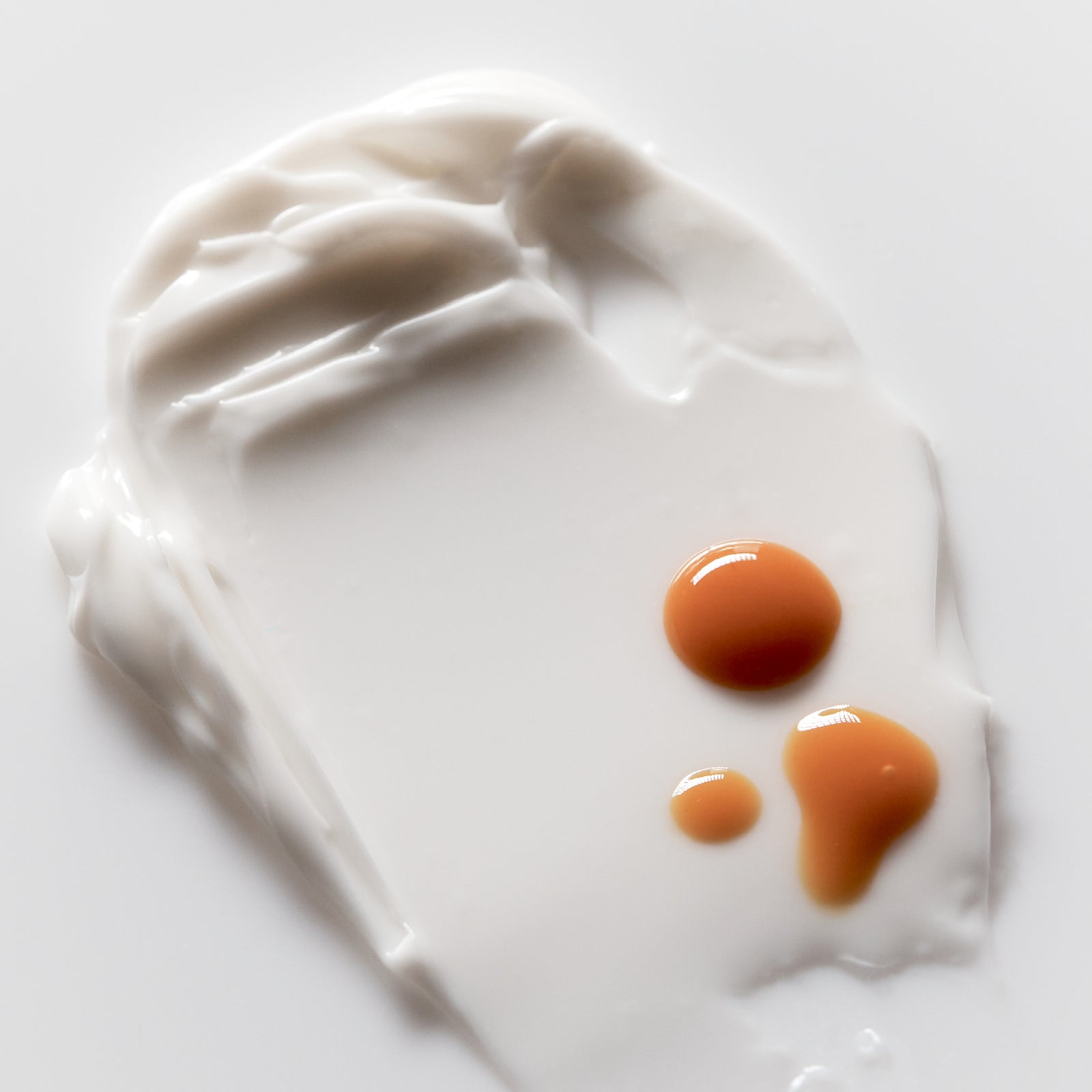

Comments